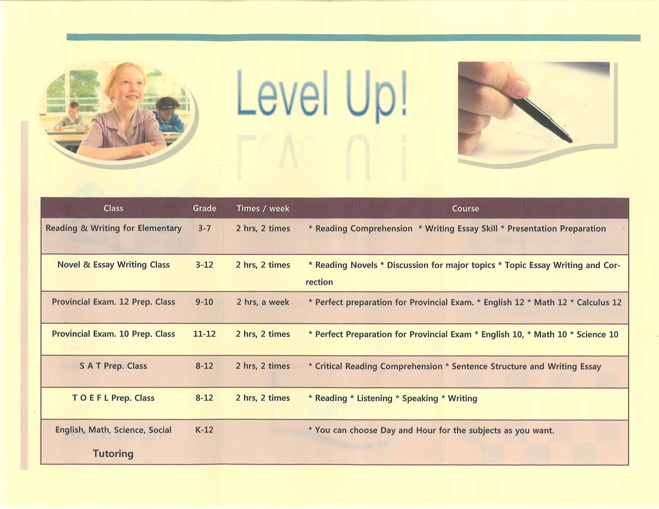Oh. I can’t bear it!
Through a very circuitous route, I have learned that a 2010 editorial I wrote for the on-line English edition of the Asahi was used in the English portion of an entrance examination. Wow, is that karmic retribution for the impure thoughts I have been thinking about supplementary education?
In the 2012 entrance examination for Aichi Education (!) University (愛知教育大学), my editorial shows up. It doesn’t have a title, nor an author or attribution listed and I will have to find out why that is, but it then includes the typical exam question strategy of fill-in-the-blank for the appropriate proposition (“Continued opposition […] the existence of the juku system has been one of the few areas of policy where the Japanese Teachers Union (Nikkyoso) finds itself in agreement […] education ministry officials.”)
Some sentences have been selected to be translated by the exam sitters.



